
Temple Site History
The Janghang-ri Temple Site is located in eastern Gyeongju at the base of Mt. Tohamsan (745.7 m) to the south. And it gets its name from the local village where it’s located in Janghang-ri. The temple site is also located to the southeast of the famed Seokguram Hermitage, which is situated near the top of the mountain. Of all the National Treasures in Gyeongju, the Janghang-ri Temple Site, alongside Jeonghyesa-ji Temple Site, is probably the least well known of the twenty-six.
The temple at the Janghang-ri Temple Site was first founded during the Unified Silla Kingdom (668-935 A.D.). Unfortunately, the exact date of when it was first founded, as well as the temple’s name, are unknown. Buddhist temples founded during the Unified Silla Kingdom typically consisted of a central gate, a main worship hall, and a lecture hall that were all aligned in front of each other. In addition to these temple structures, you would typically find a pair of pagodas out in front of the main worship hall. Rather strangely, while the temple at Janghang-ri has a main worship hall and two pagodas, both the central gate and the lecture hall have yet to be discovered at the site, even after recent, and extensive, excavation work. As for the pair of pagodas at the Janghang-ri Temple Site, they were damaged and destroyed by thieves in 1923. Of the two, the East Pagoda suffered the most when it was blown up. The remaining parts of the West and East Pagodas were collected and reassembled in 1932.
The Janghang-ri Temple Site is Historic Site #45, while the West Pagoda (the one less damaged) is National Treasure #236.
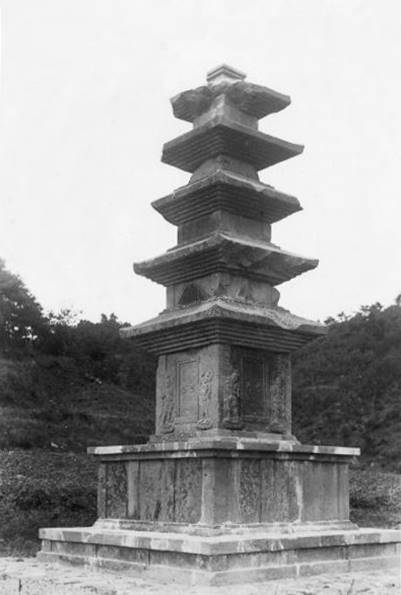
Temple Site Layout
You first approach the temple site up a winding country road. From the temple site’s parking lot, you’ll need to descend a set of stairs, cross over a bridge spanning a river, and then ascend a set of one hundred stairs to arrive at the plateau where the Janghang-ri Temple Site is located.
In parts, the temple site is over grown, but it’s obvious that a lot of recent work has been done at the Janghang-ri Temple Site to make it more accessible to visitors. Looking down from the Janghang-ri Temple Site, you’ll see the meandering Daejong-cheon River flowing out to the East Sea. The first things you’ll notice when you look around the temple site grounds are the two pagodas: The East Pagoda and the West Pagoda. These pagodas date back to the 8th century. The East Pagoda is the one that was more severely damaged of the two. All that still remains of the East Pagoda is the five-story roof stones, missing are the base and the finial. However, you can still see the beautiful stone reliefs adorning the first body stone of this structure.
As for the West Pagoda, it was less damaged during the assault in 1923. As a result, it was re-assembled in its original location. The West Pagoda stands at 9.1 metres in height, and it’s believed that both the East and West Pagodas were equal in height. The West Pagoda is largely intact, and it rests upon a two-tier foundation. Columns and pillars are carved on all sides of the foundation. The body and roof stones are made from separate stones. The roof stone, which are rather thin and flat, are turned upwards. There are marks on each of the corners of the eaves, which suggests that there used to be ornamental bells that once hung from the pagoda. The most noteworthy feature of the West and East Pagodas are the reliefs of doors on the first story of the body. Each door is then flanked by Geumgang-yeoksa (Vajra Warriors). The finial is missing from the West Pagoda. The West Pagoda is National Treasure #236.
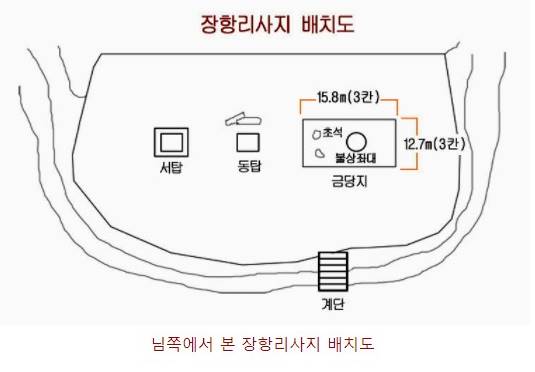
Overall, the temple grounds at the Janghang-ri Temple Site are quite small. The West Pagoda stands some fifteen metres away from the main hall site. The foundation and some stones that were used to create the foundation still remain. Additionally, the stairs in front of the main hall still remain, as well. At the centre of the main hall site is a two-tiered pedestal that once held an image of the Buddha. There are relief images of Buddhist guardians and lions surrounding the circumference of the lower tier of the stone pedestal. Also, the lower tier of the pedestal is octagonal in shape. As for the round upper tier, it has lotus flower designs adorning it.
So where is the Buddha image that once stood atop this stone pedestal? In 1932, when the West Pagoda was being restored, fragments of the standing Buddha were discovered at the temple site. These destroyed fragments were taken to the Gyeongju National Museum at this time. It was eventually reassembled. It’s believed that the image was a standing stone image that stood four metres in height. Unfortunately, only the top half of this Buddha statue has been restored. The reason that it’s believed that the statue was once standing is that there’s a hole on top of the pedestal where a standing Buddha statue could be attached. So based upon the shape of this hole, it helps lead to this conclusion. The head of the statue is covered with thick, curly hair. And there are flames swirling around both the body and the head of the Buddha with a fiery surrounding mandorla. The statue is made from granite, and it dates back to the mid-8th century. And it can be seen outside on the Gyeongju National Museum grounds.
How To Get There
Overall Rating: 6/10
The little known Janghang-ri Temple Site is often overlooked for the more famous Gyeongju temples like Bulguksa Temple and Seokguram Hermitage. And perhaps you haven’t even heard of this National Treasure. However, the 8th-century pagodas are stunningly beautiful as is the decorative pedestal. And if possible, and you can pack it into one day, you should visit the Gyeongju National Museum to see the standing Buddha statue.
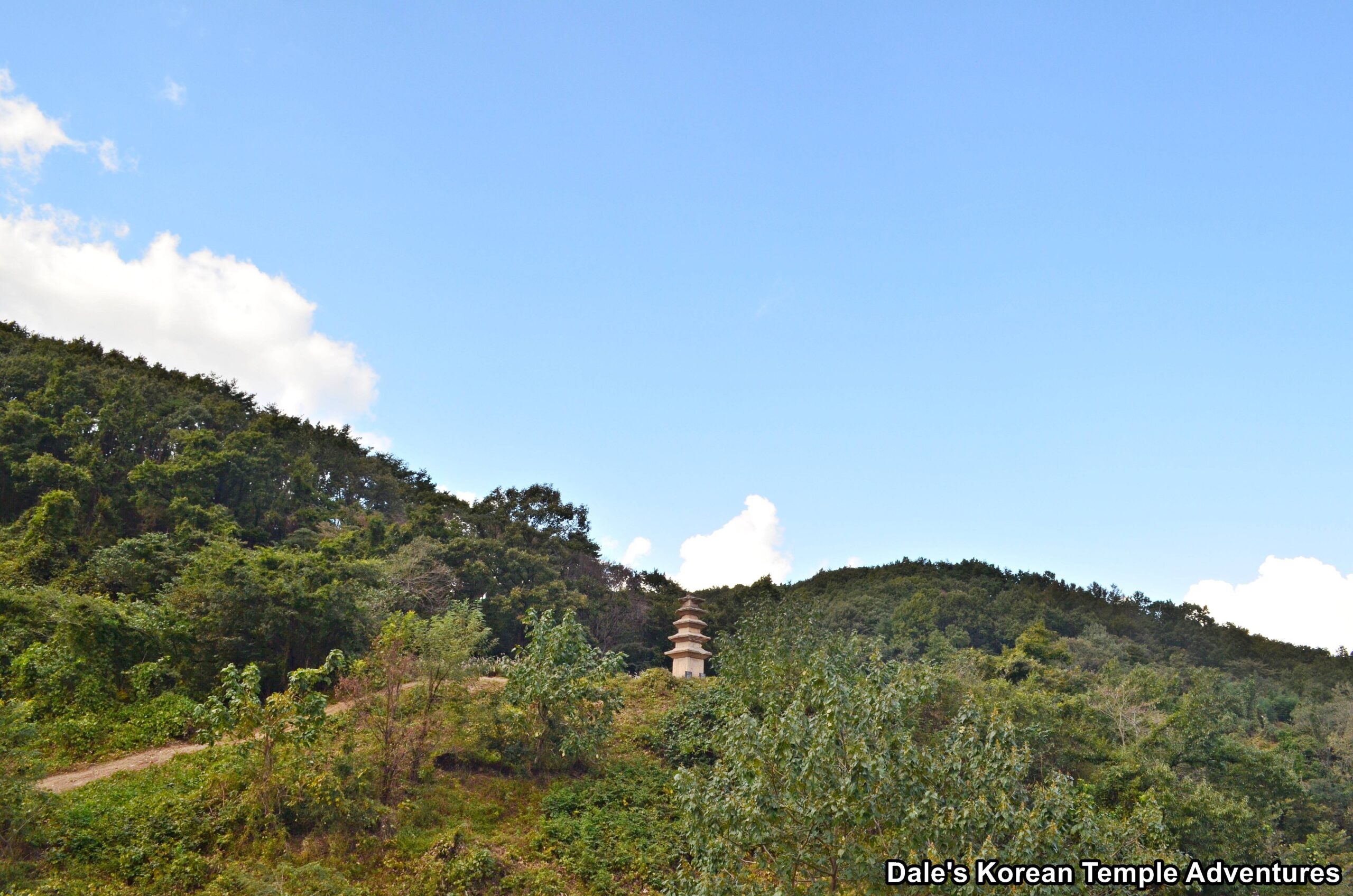
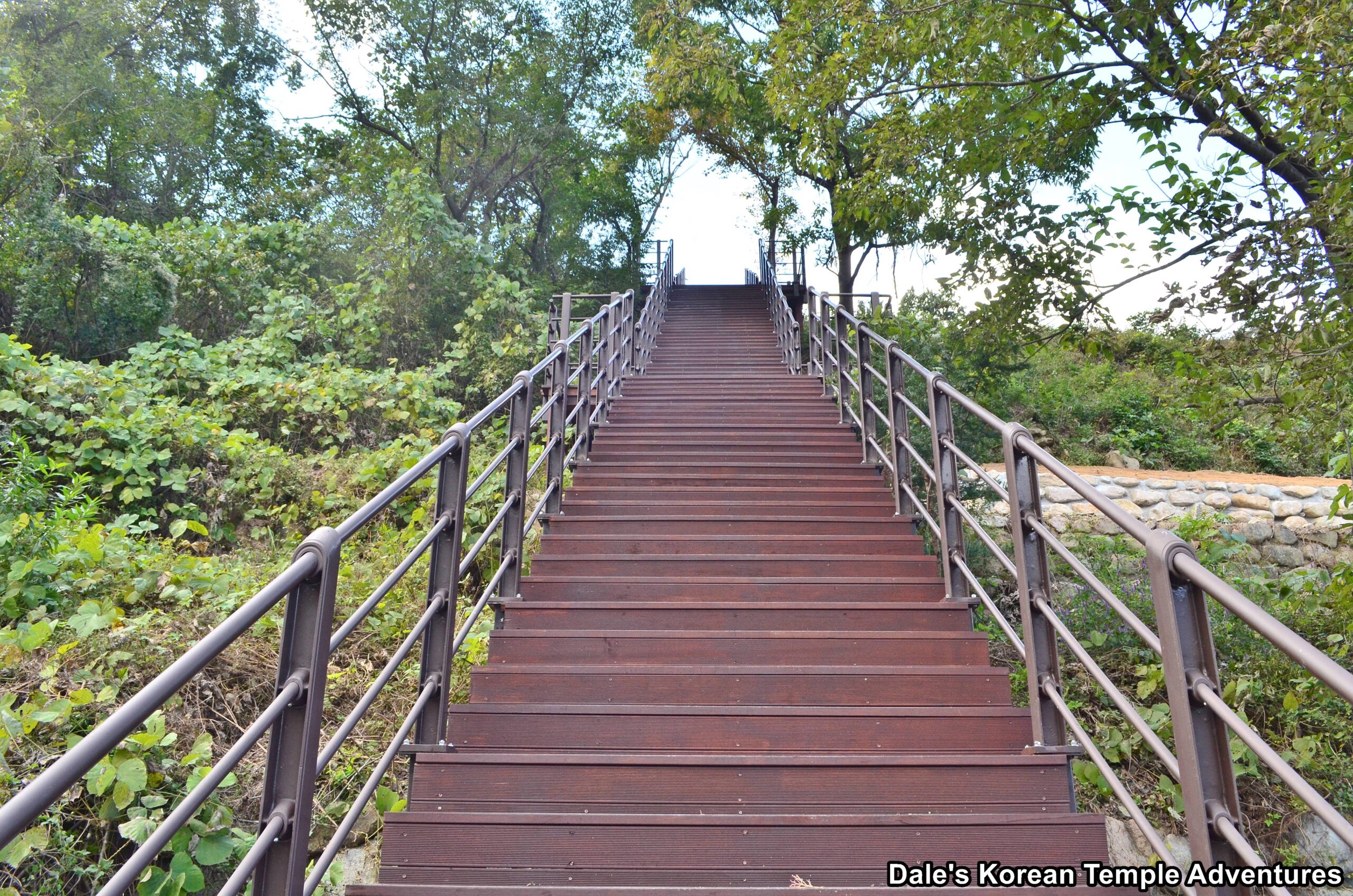
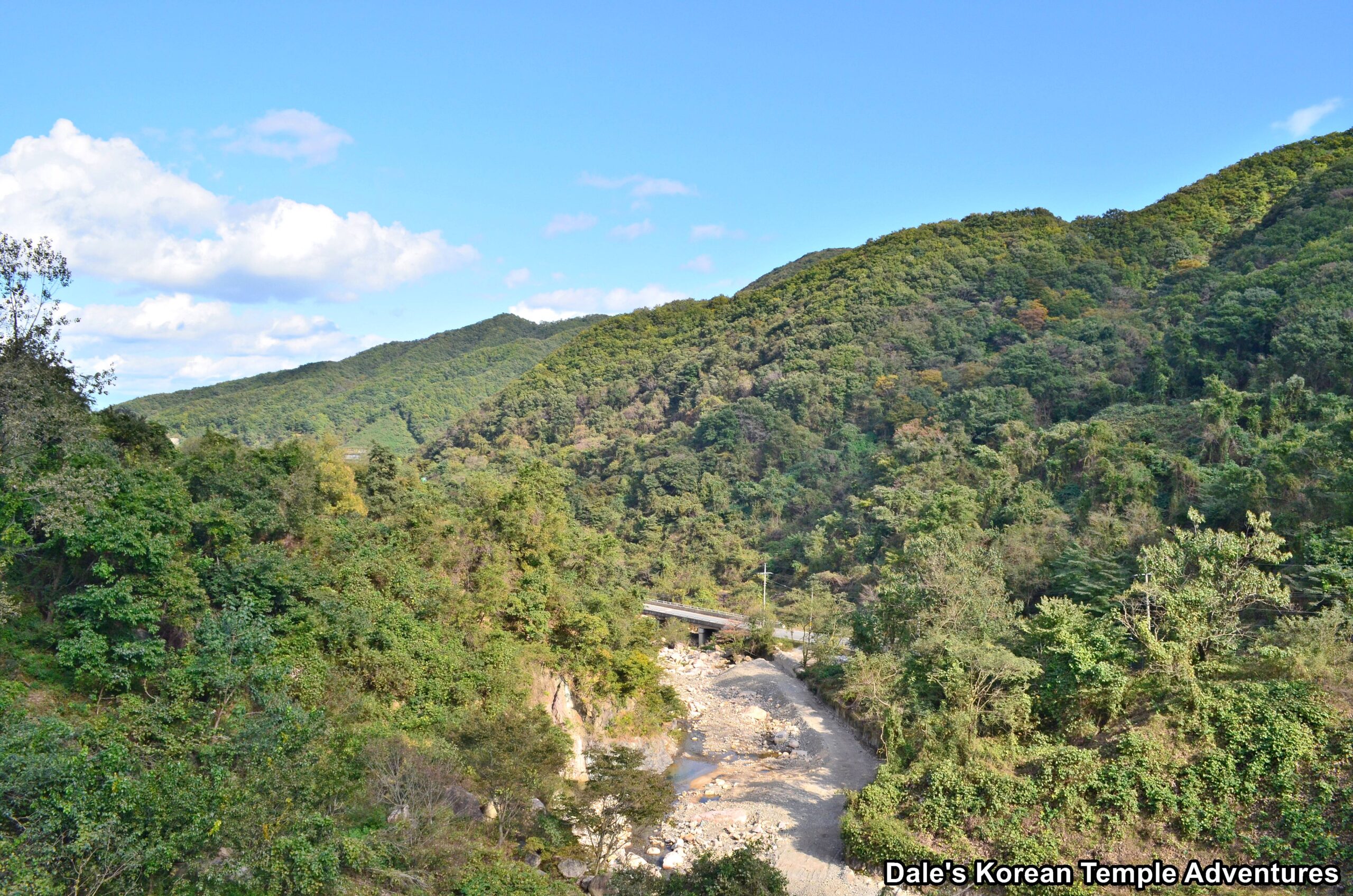
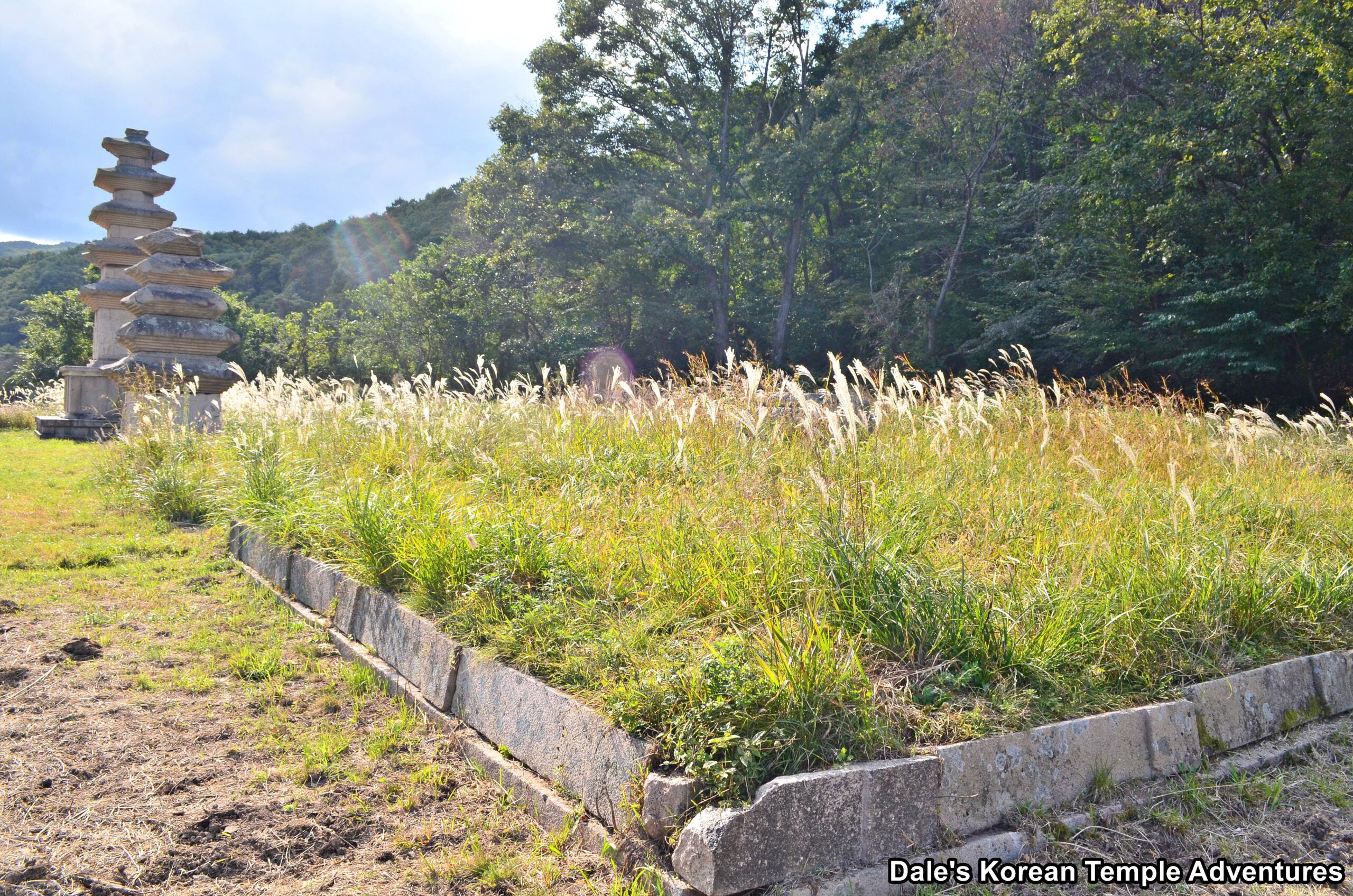
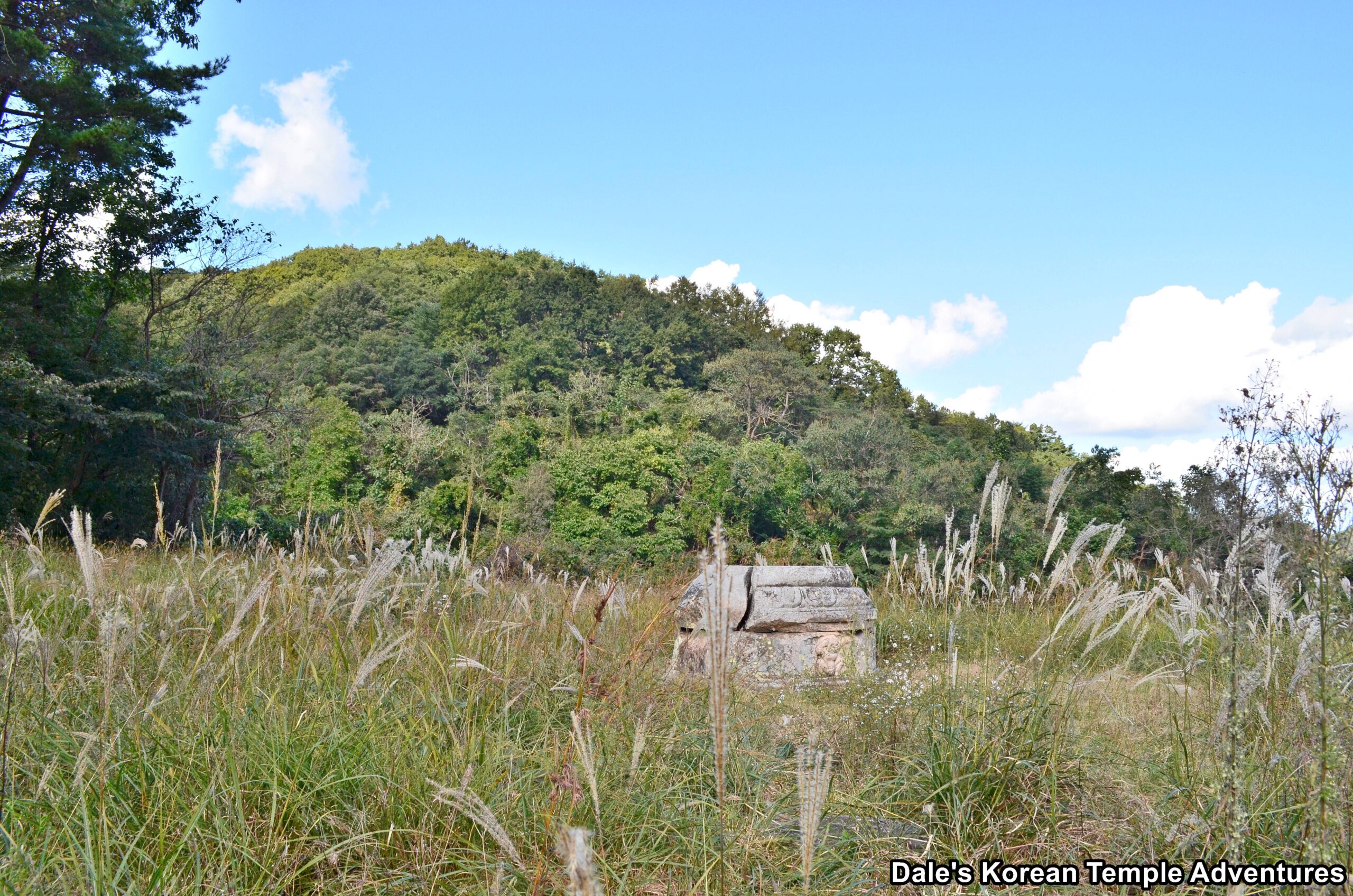
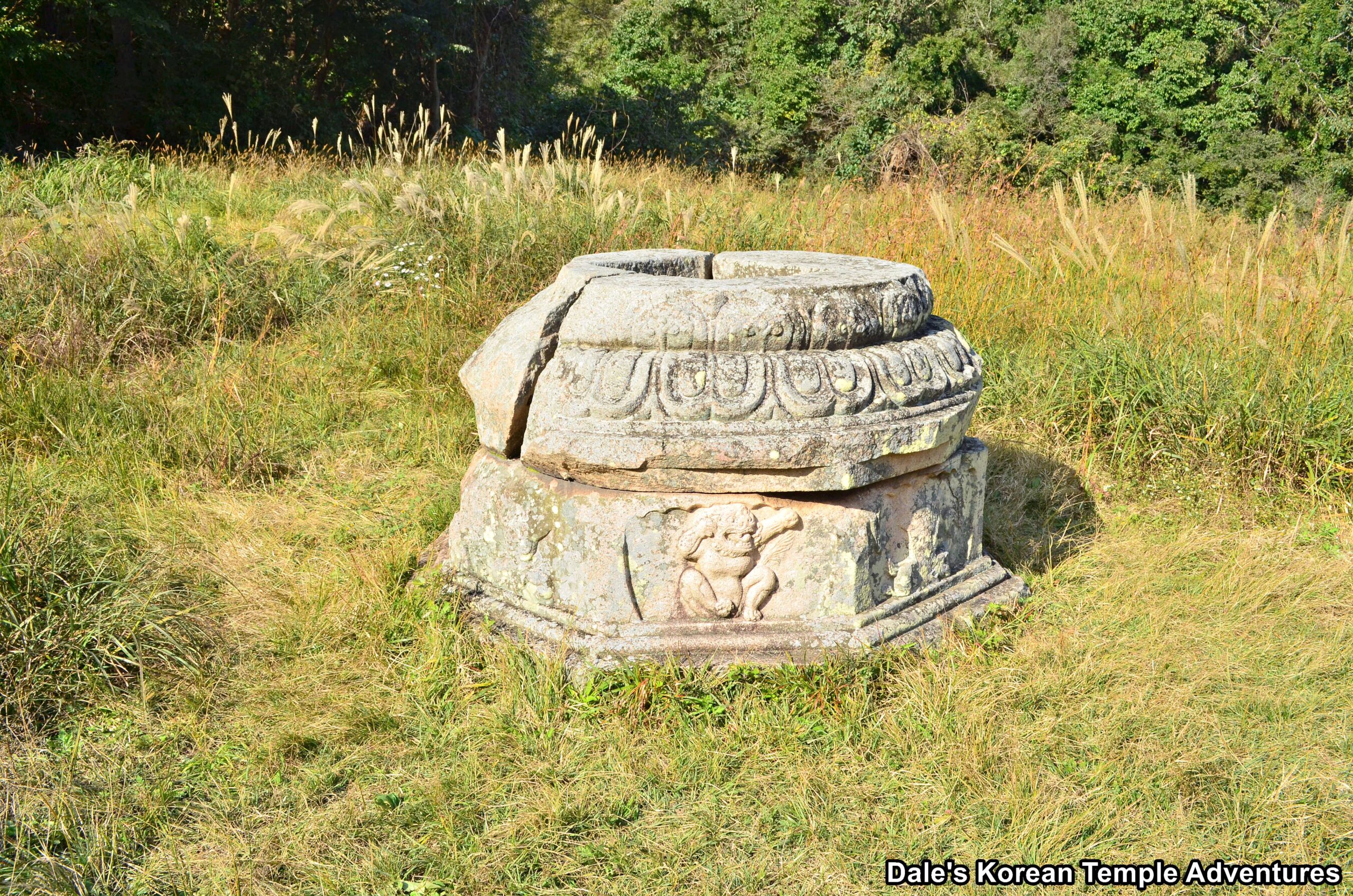
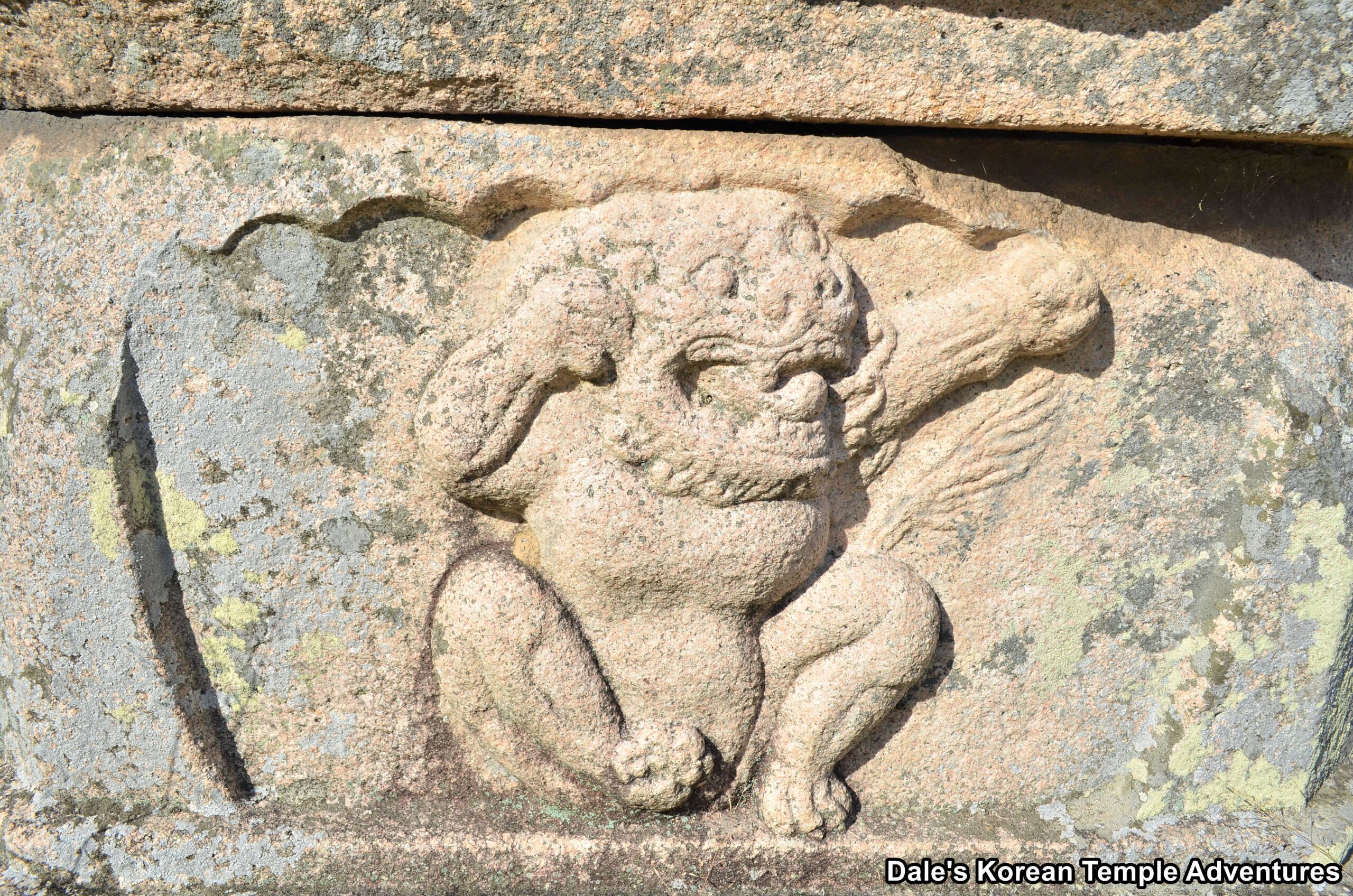
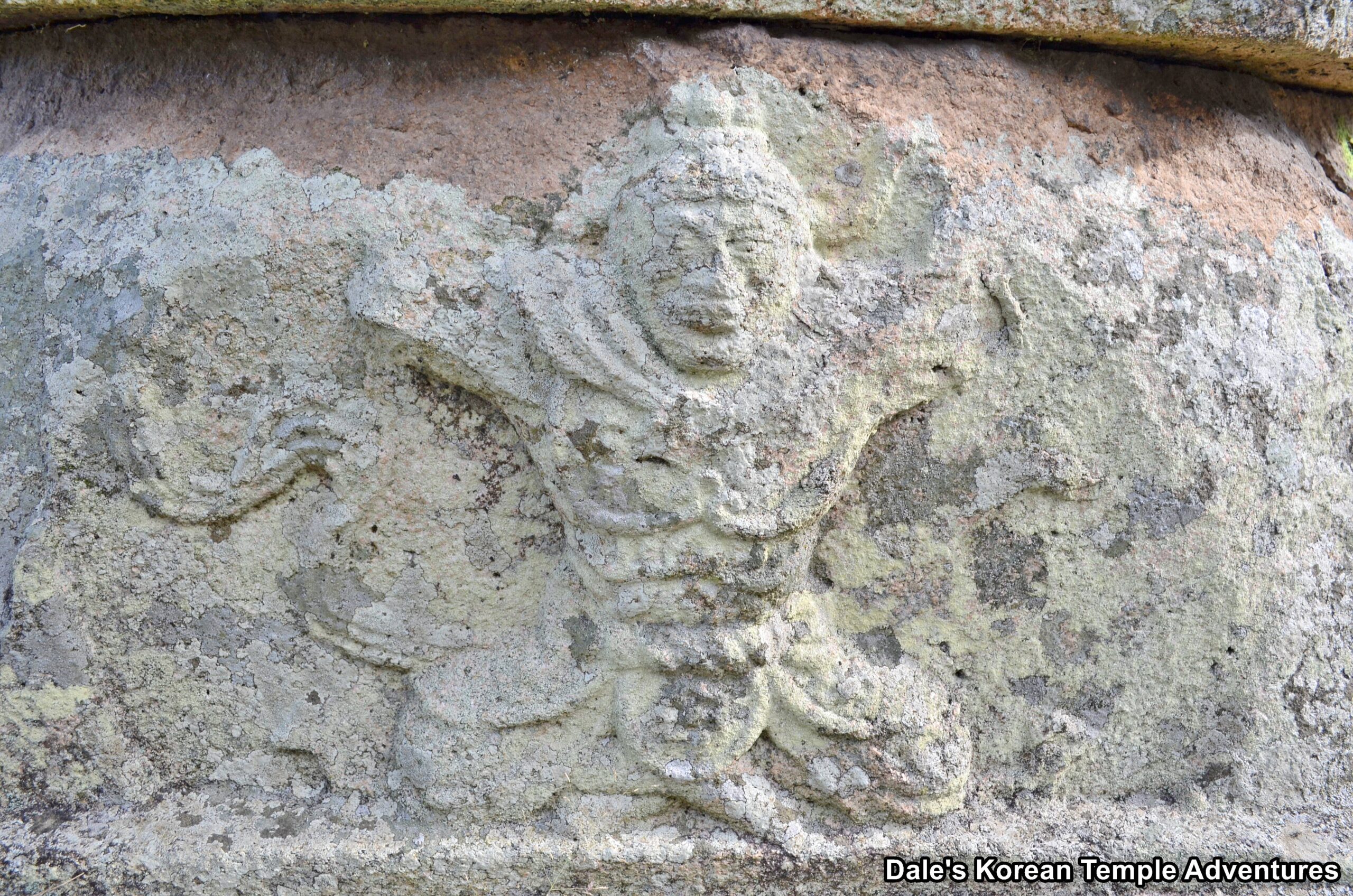
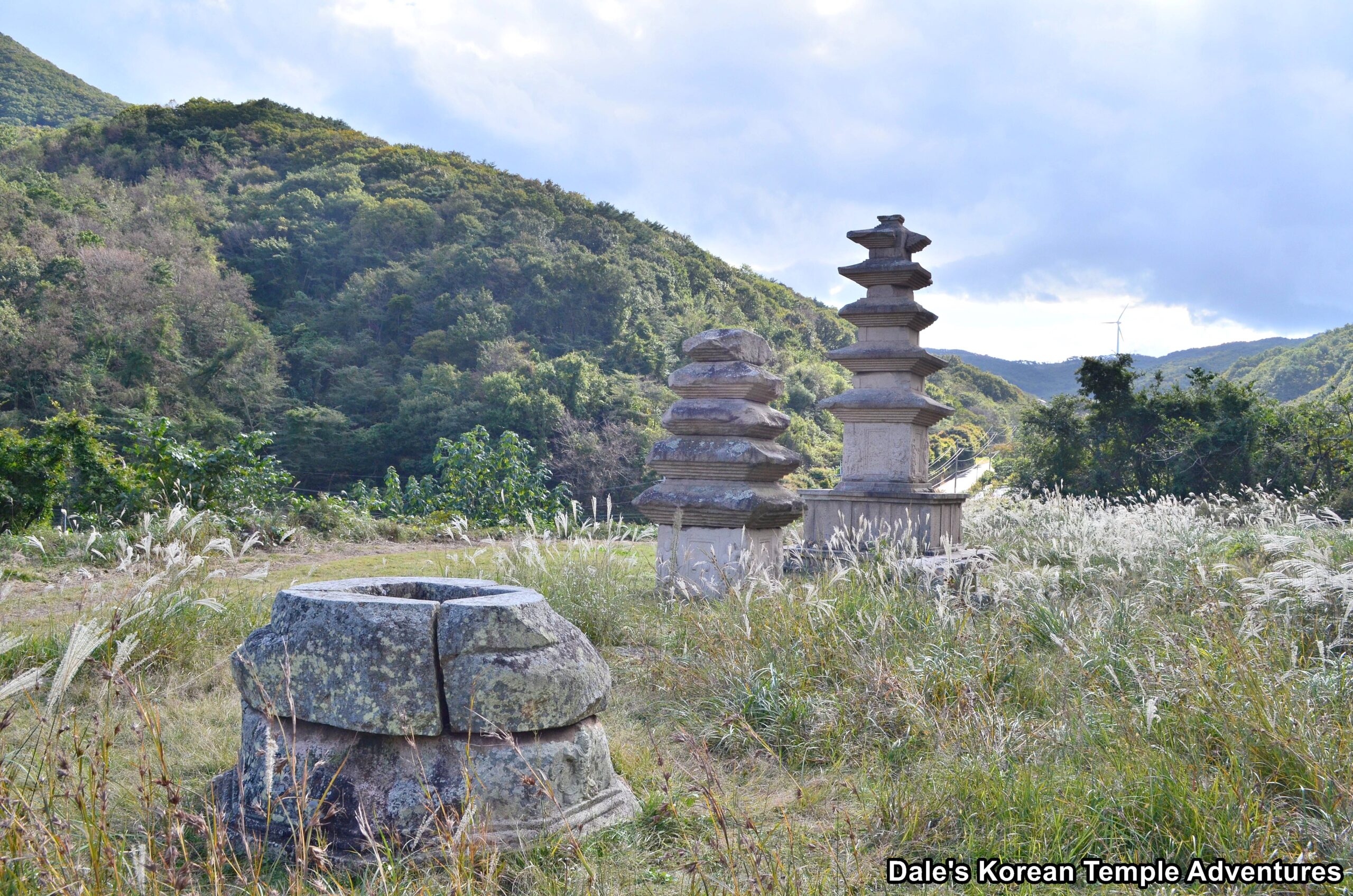
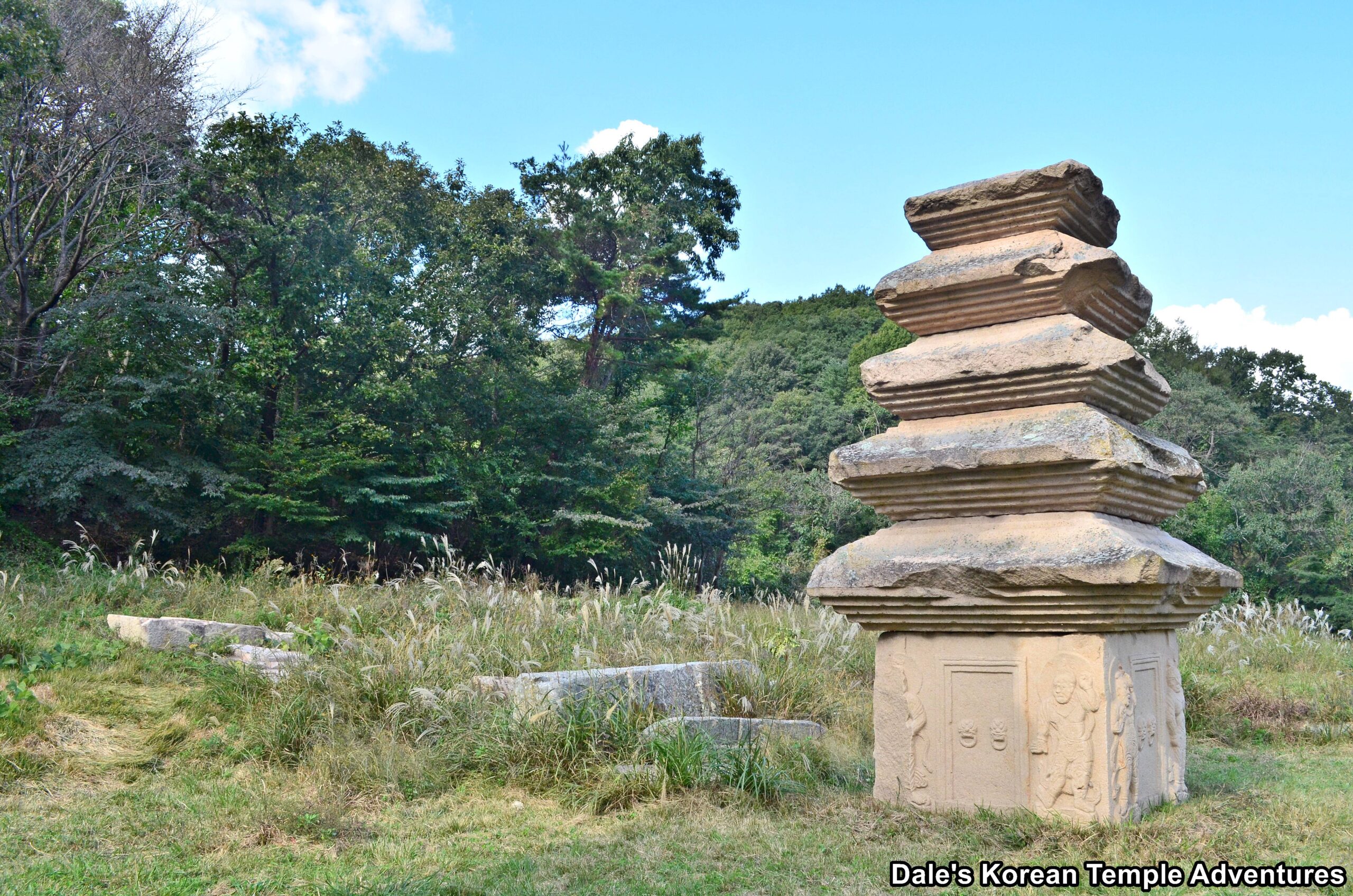
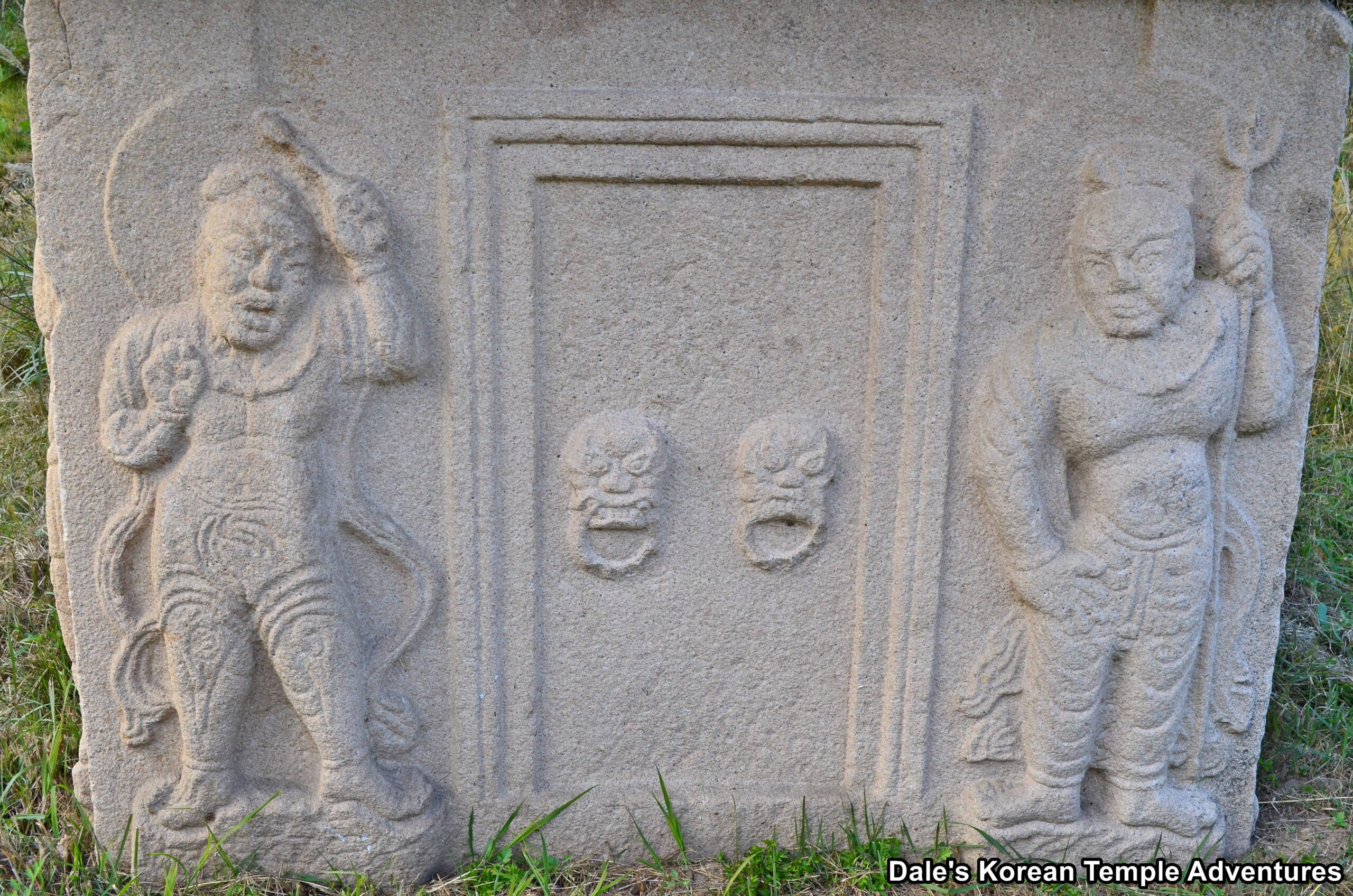
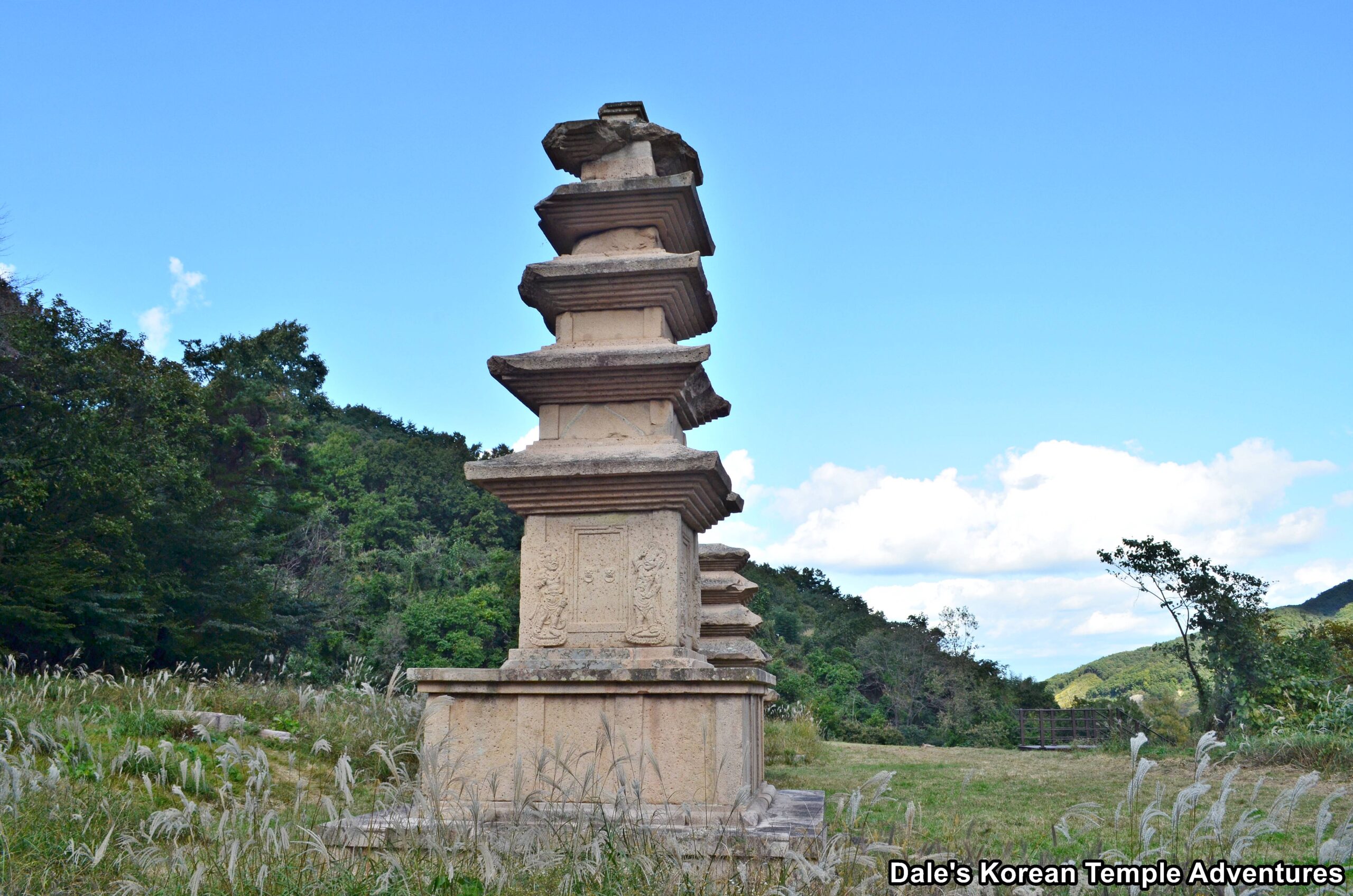
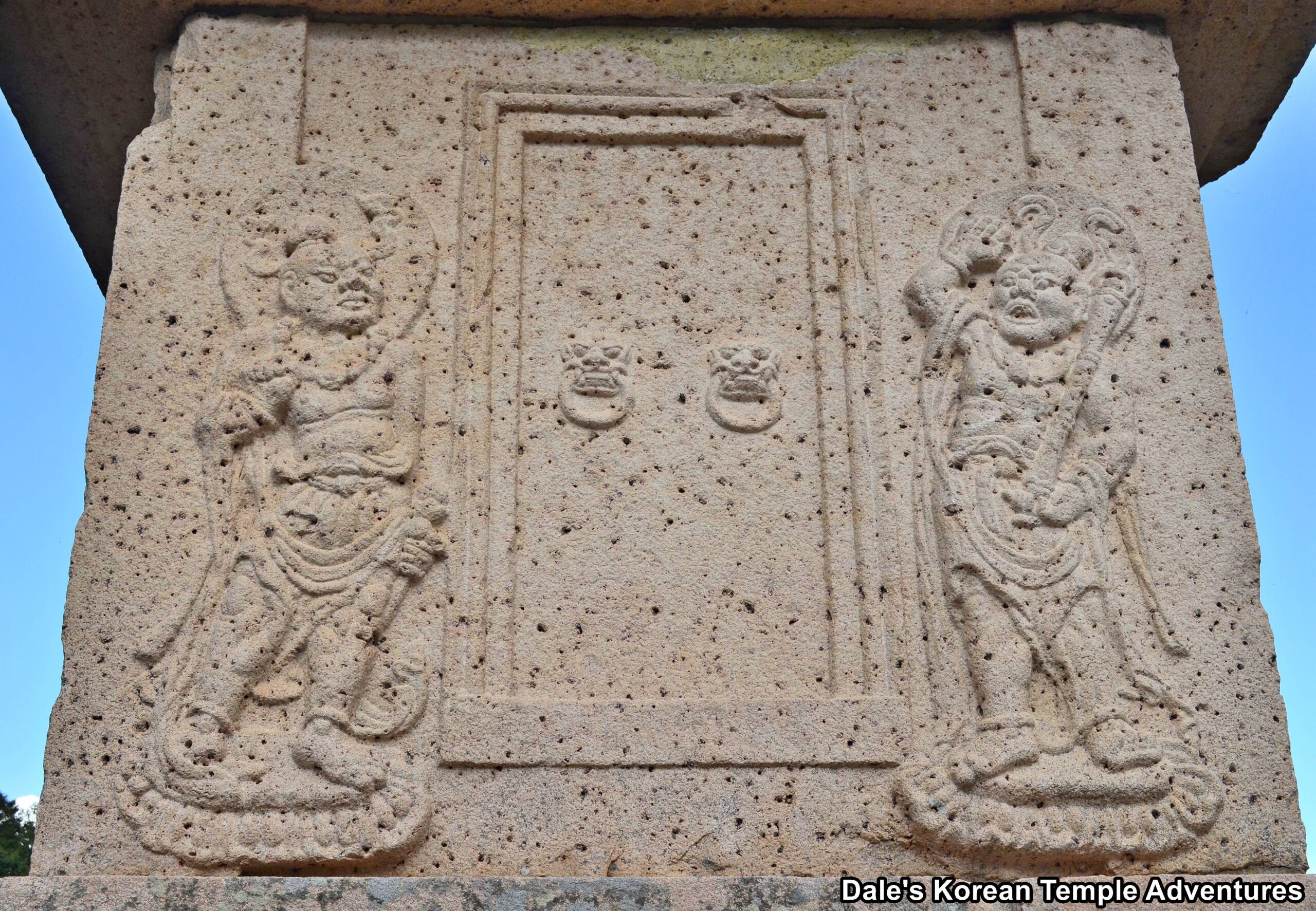
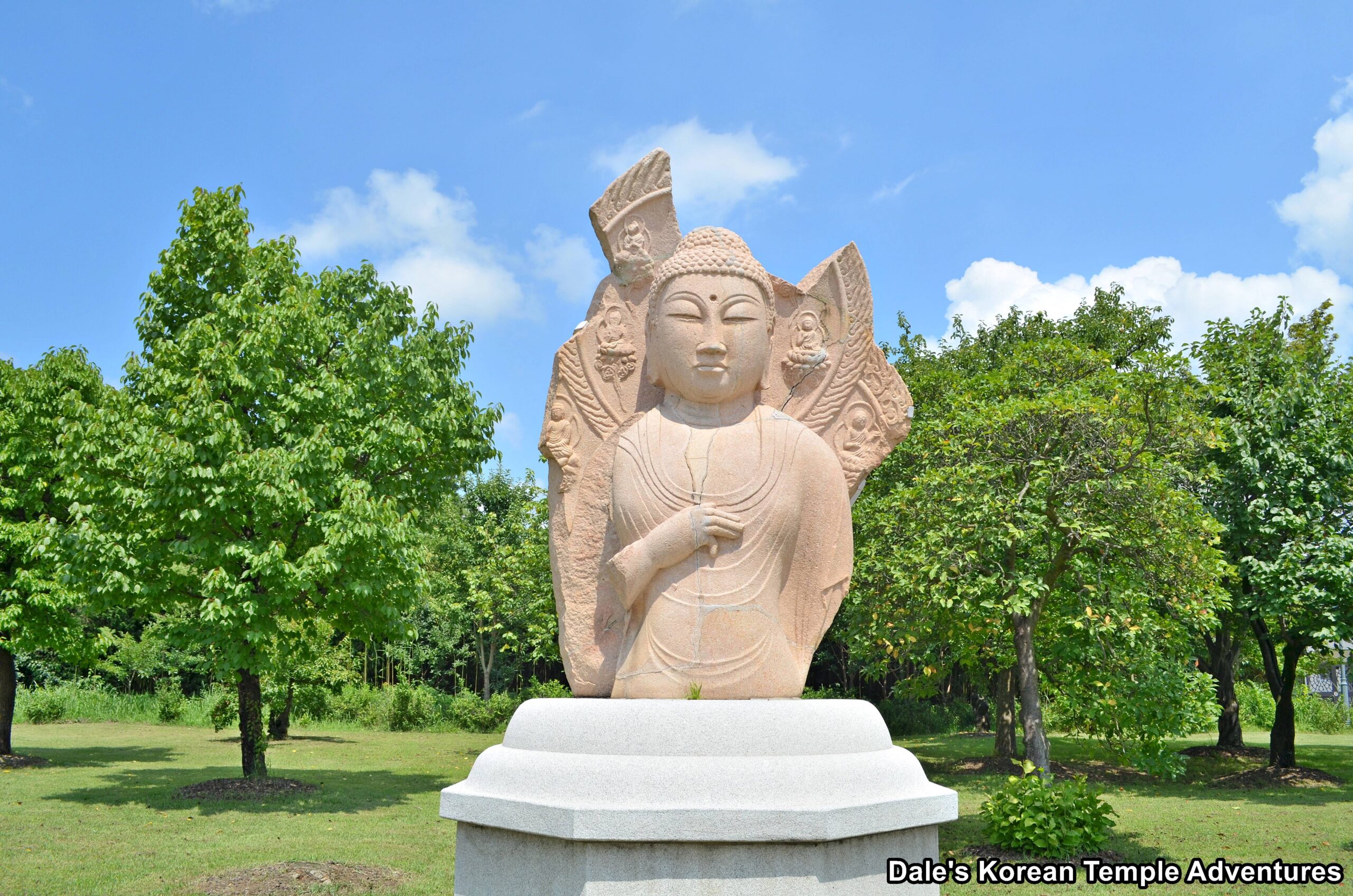
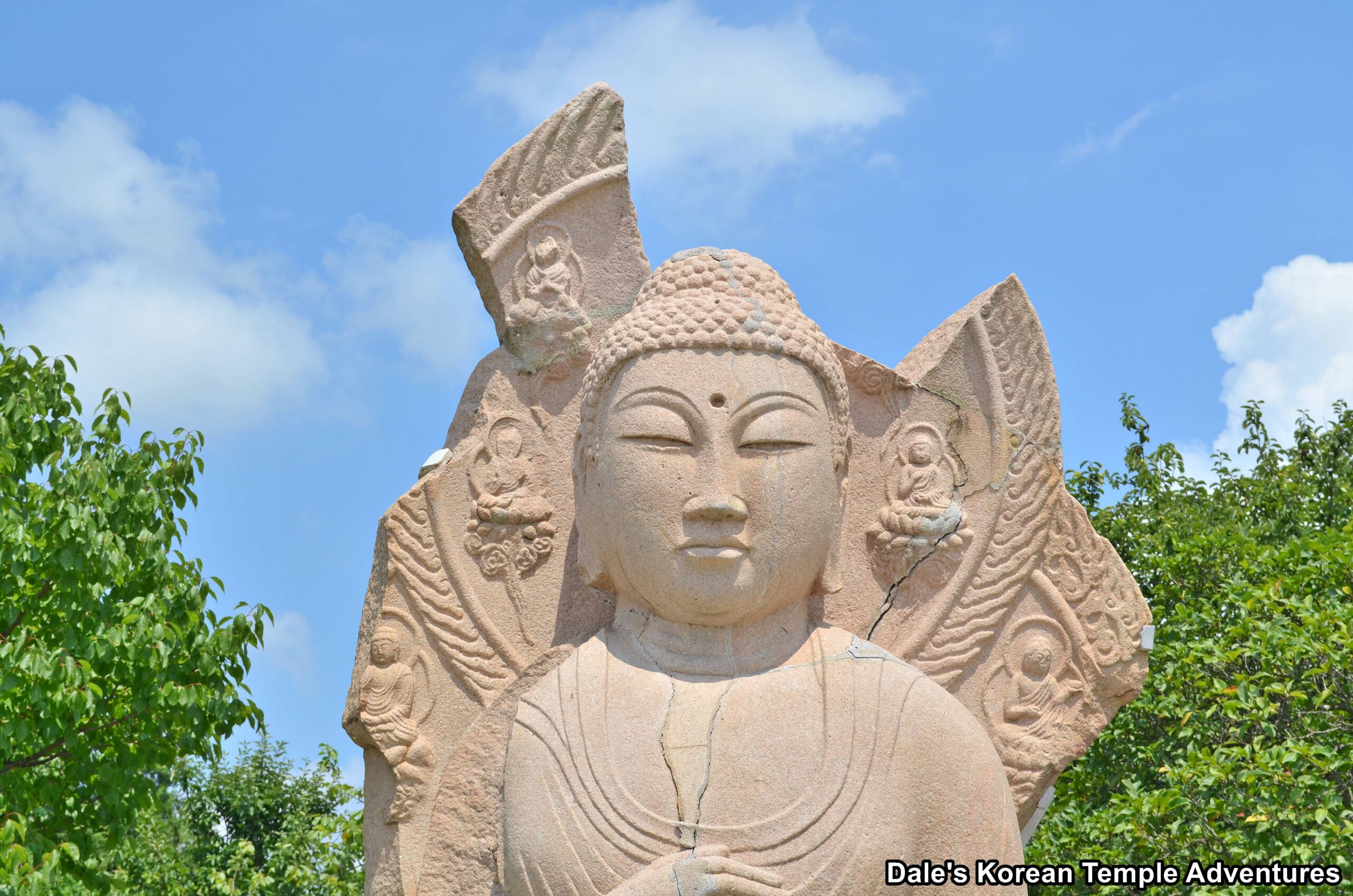


Recent comments